This website uses cookies so that we can provide you with the best user experience possible. Cookie information is stored in your browser and performs functions such as recognising you when you return to our website and helping our team to understand which sections of the website you find most interesting and useful.
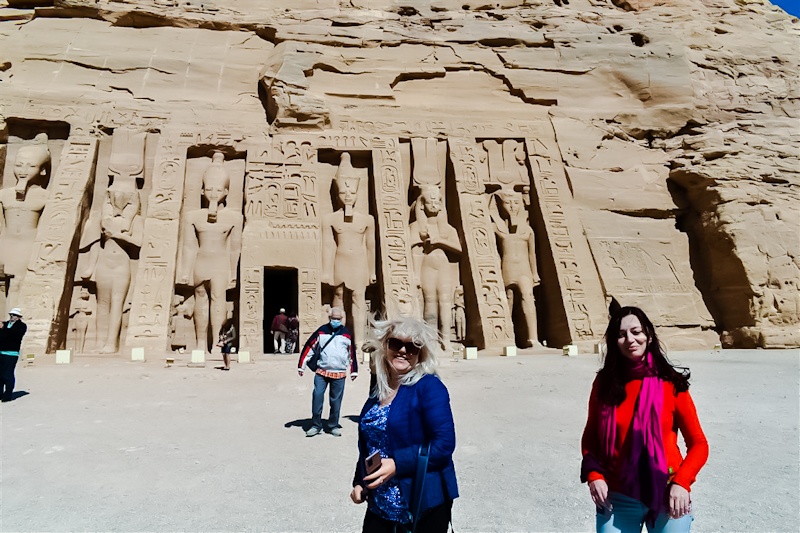
Abu Simbel Temples
By Hesham Elgammal on 24 Feb 2025
-
Abu Simbel Temples: Egypt’s Timeless Masterpiece in Stone
They are two giant rock temples located at Abu Simbel village in the southwest of Aswan governorate, near the border with Sudan.
- The area is part of the UNESCO World Heritage Sites.
- The twin temples of Abu Simbel were originally carved out of the mountainside in the 13th century BC, during the 19th dynasty reign of King Ramesses II.
- The temples were rediscovery in 1813 by the Swiss researcher Johann Ludwig Burckhardt.
- It was built with great architectural precision to withstand the highest levels of an earthquake, and if the temple were hit by a 10 Richter earthquake, it would not affect it.
- This temple marks the battle of Kadesh, the most important battles that King Ramses II fought during his reign.
- The Temple of Abu Simbel is associated with the phenomenon of the sun perpendicular to the face of the statue of Pharaoh Ramses II twice a year; the first corresponds to his birthday on October 22, and the second, on February 22, is the anniversary of his coronation.
- Aswan is the nearest Egyptian city to Abu Simbel,l it is about a three-hour drive away, and there are many agencies that can arrange the trip for you but do not try to rent a car and drive there by yourself because you need touse a licensed tour company to pass security checkpoints.
- Abu Simbel has an airport and a few hotels and hostels, but there is no 5* or luxurious accommodation in Abu Simbel
- Luxury Nile Cruise to Abu Simbel is available with some cruise lines, such as Movenpick Prince Abbas Nile cruise which is sailing on Lake Nasser between Aswan and Abu Simbel.
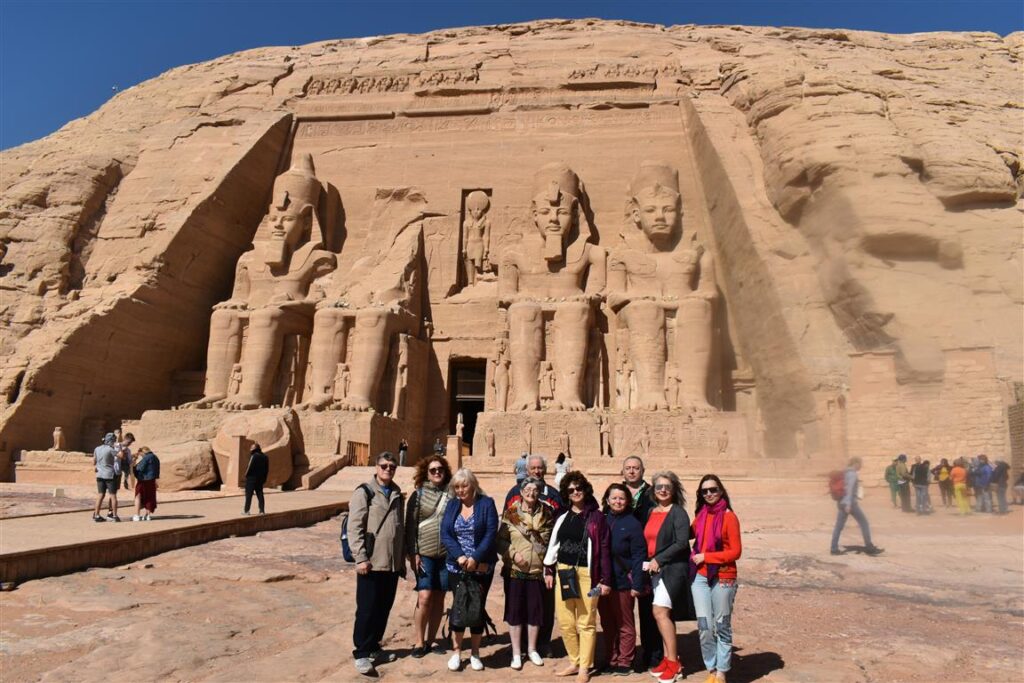
In the end, traveling to Egypt without visiting the Pyramids, Luxor, and Abu Simbel will be a great loss. You can also book with https://www.tours-to-egypt.com/
An Engineering Marvel
The larger of the two temples is dedicated to Ramesses II himself, portraying him as a god among gods. Its façade is dominated by four seated statues of the king, each standing 20 meters tall, gazing eternally across the Nile. Inside, intricate reliefs and chambers narrate his military victories and divine status. One of the most famous scenes depicted is the Battle of Kadesh—an important confrontation against the Hittites—which showcases Ramesses as a mighty warrior and strategic leader.
The smaller temple, though still imposing, honors Queen Nefertari and the goddess Hathor. It is one of the few temples in ancient Egyptian history where the queen is depicted at the same scale as the pharaoh, reflecting her significant status during his reign.
Both temples were built with exceptional architectural precision. Remarkably, the entire structure was designed to endure even the most intense seismic activity. According to engineers and archaeologists, the Abu Simbel temples could withstand an earthquake measuring 10 on the Richter scale, a testament to the ancient Egyptians’ mastery of stone construction.
The Sun Festival Phenomenon
One of the most awe-inspiring features of the Temple of Ramesses II is the solar alignment phenomenon that occurs twice a year. On October 22 and February 22—believed to mark the pharaoh’s birthday and coronation—sunlight penetrates the temple’s inner sanctum, illuminating the faces of the statues of Ramesses II, Amun, and Ra-Horakhty. Only the god of darkness, Ptah, remains in shadow. This biannual event draws thousands of visitors and is a spectacular reminder of the astronomical and architectural genius of ancient Egypt.
How to Visit Abu Simbel
The most common starting point for a trip to Abu Simbel is Aswan, which is approximately a three-hour drive away. Due to the region’s remote location and strict travel regulations, it is highly recommended to arrange transportation with a licensed tour operator. Tour groups usually travel in convoys and pass through several security checkpoints, which is why independent car rental is not permitted for tourists heading to Abu Simbel.
There is also a small airport at Abu Simbel, offering domestic flights, primarily from Cairo or Aswan. While accommodations in the village are limited, a few modest hotels and guesthouses are available for travelers who wish to spend the night. However, there are no five-star or luxury hotels in the immediate vicinity.
For those seeking a more upscale travel experience, a luxury Lake Nasser cruise is an excellent option. Cruise lines such as the Movenpick Prince Abbas offer scenic voyages between Aswan and Abu Simbel, allowing guests to explore the temples in style while enjoying the tranquility of the lake and the comfort of luxury onboard amenities.
A Journey Not to Be Missed
No journey to Egypt is complete without visiting the Pyramids of Giza, the magnificent temples of Luxor, and the awe-inspiring site of Abu Simbel. Each location offers a unique glimpse into Egypt’s rich cultural heritage and deep connection to its ancient past.
Abu Simbel, with its breathtaking scale, historical significance, and engineering marvels, stands as a lasting tribute to the ambition and vision of ancient Egypt. It’s more than just a destination—it’s an experience that leaves travelers in awe of human achievement and the power of legacy.
To ensure a smooth and unforgettable journey to Abu Simbel and beyond, you can explore guided packages with trusted agencies like Tours to Egypt, who specialize in crafting immersive and hassle-free travel experiences throughout Egypt.
Reference website https://en.wikipedia.org/wiki/Abu_Simbel_temples
This article was updated and re-written in part by Hesham El Gammal; on February 24th, 2025 + fact-checked.
Categories
- Egypt and Jordan Tours (7)
- Egypt Destinations (19)
- Egypt Nile Cruises (27)
- Egypt Sightseeing (13)
- Egypt Tour Packages (12)
- infographics (1)
-

Nile Cruisers Reviews
25 Mar 2025
-

The Dark Side of the River Nile Cruise Holidays
04 May 2025
-

Infographic: How to Use Nile Cruisers Website to Book Best Nile Cruise
13 Apr 2025
-

Best Jordan Tours and Vacation packages
13 Apr 2025
-

5 Things Make Your Nile River Cruise Memorable In 2025
13 Apr 2025
-

Prep Up for a Nile River Cruise: Things to Pack for The Trip
11 Apr 2025
-

Top Questions about Nile River Cruise in Egypt
11 Apr 2025


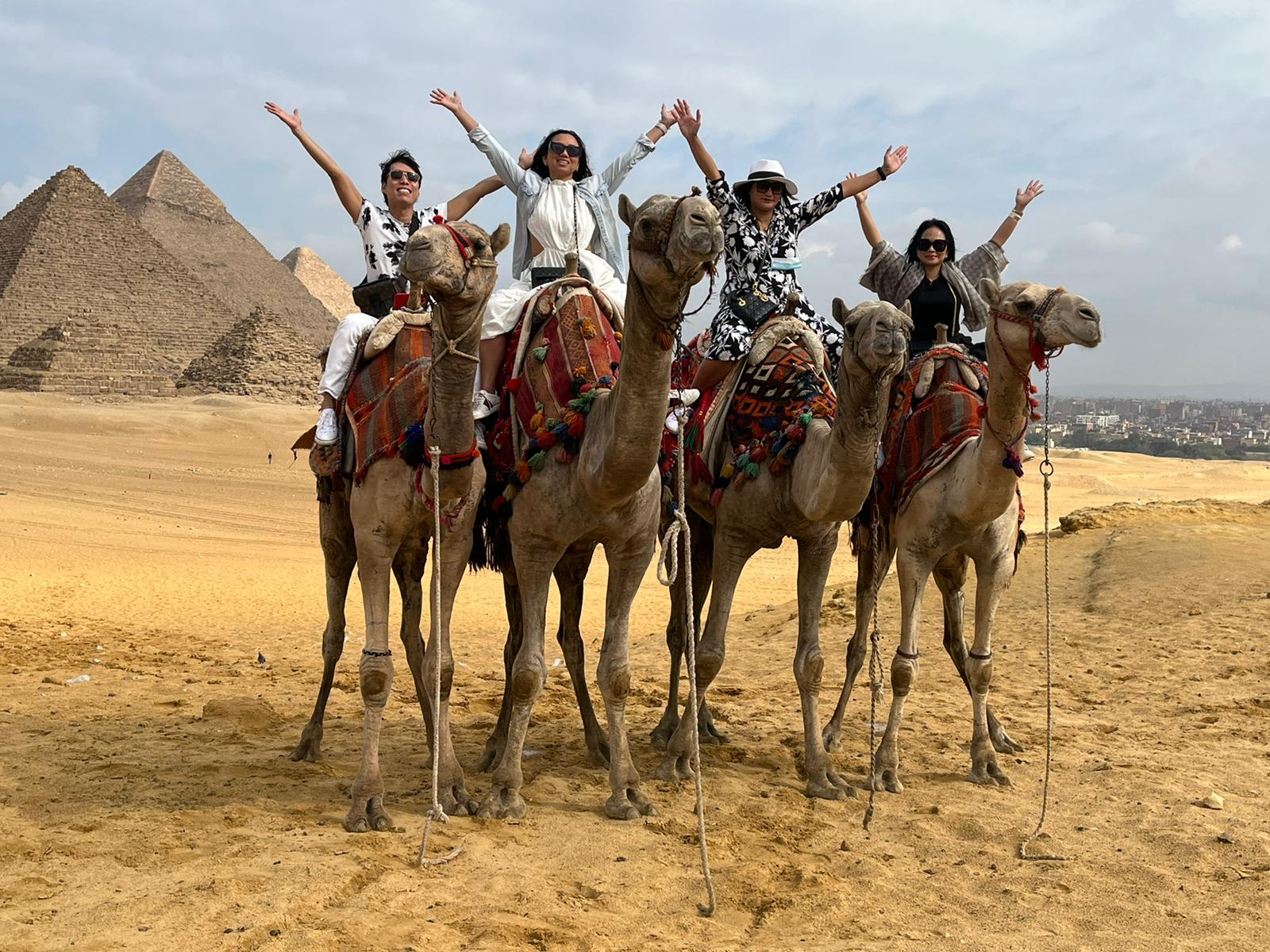

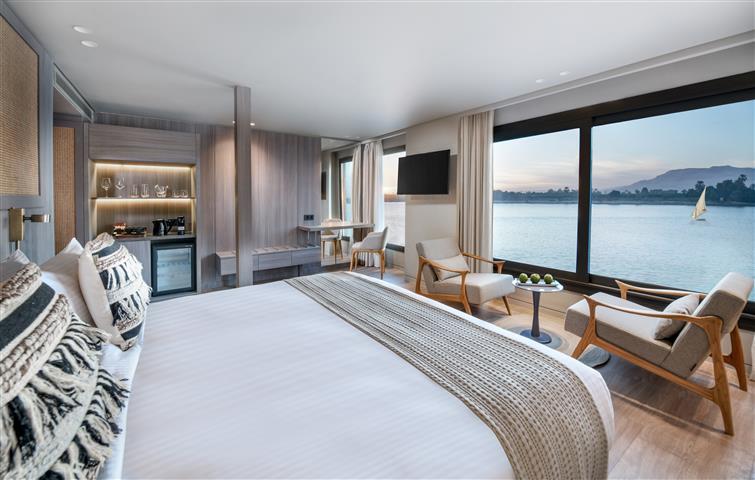
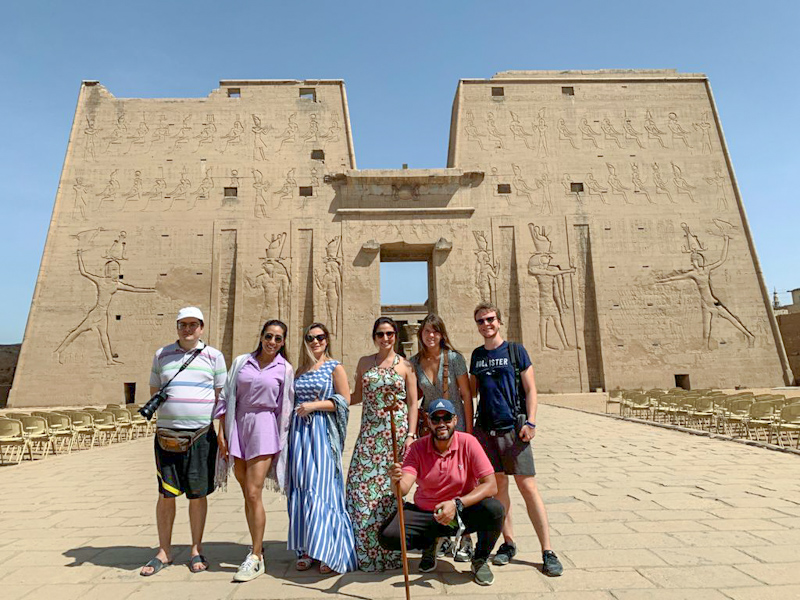







Comments